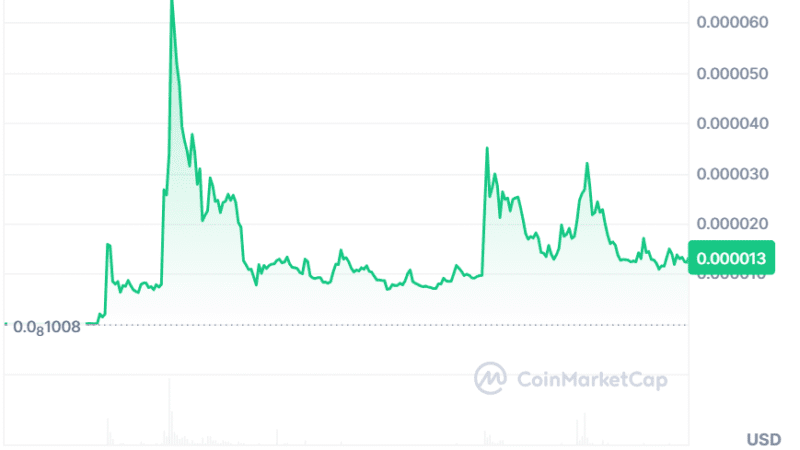Fed Slows Balance Sheet Reduction, Now at $6.7 Trillion
- Federal Reserve reduces balance sheet to $6.7 trillion.
- Monthly cap adjusted from $25 billion to $5 billion.
- Slower pace impacts financial markets and reserves.

The Federal Reserve has slowed its balance sheet reduction pace, shrinking to $6.7 trillion as of April 1, 2025.
This adjustment signifies a recalibration in monetary policy, potentially affecting market liquidity and investor behavior.
The Federal Reserve has decreased its balance sheet reduction pace, reaching $6.7 trillion. The FOMC reduced the monthly redemption cap on Treasury securities from $25 billion to $5 billion, marking a significant shift from previous policy. Implemented on April 1, 2025, this move follows a period of recalibration and adjustment that began in mid-2024. The Federal Open Market Committee remains pivotal, utilizing predefined strategies from early 2022 to manage reinvestments.
Market observers note that this policy change reflects broader financial implications. The Fed’s decision to decelerate aligns with recent rate adjustments, impacting reserve balances and market sentiment. This gradual adjustment contrasts earlier aggressive measures, suggesting a new strategy to ensure a stable financial environment. The balance sheet expansion began in 2020 as a response to pandemic challenges and saw reductions starting in June 2022. As of 2025, the Fed’s aim is maintaining ample reserves, holding primarily Treasury securities.
Insights from official reports, such as the Cleveland Fed’s evaluation of reserve levels, aid this transition. The FOMC announced the further slowing of the decline in securities holdings, emphasizing its impact on settling reserves above the “scarce threshold.” This approach aims to smooth out volatility and maintain economic balance. The ongoing policy will likely influence investor strategies and interest rates, with implications for broader economic metrics.
The Federal Open Market Committee (FOMC), Federal Reserve, “the FOMC announced the further slowing of the decline in securities holdings”
Market participants will need to monitor these changes closely, as they provide crucial insights into the Fed’s approach to ensuring financial stability in evolving economic conditions.




